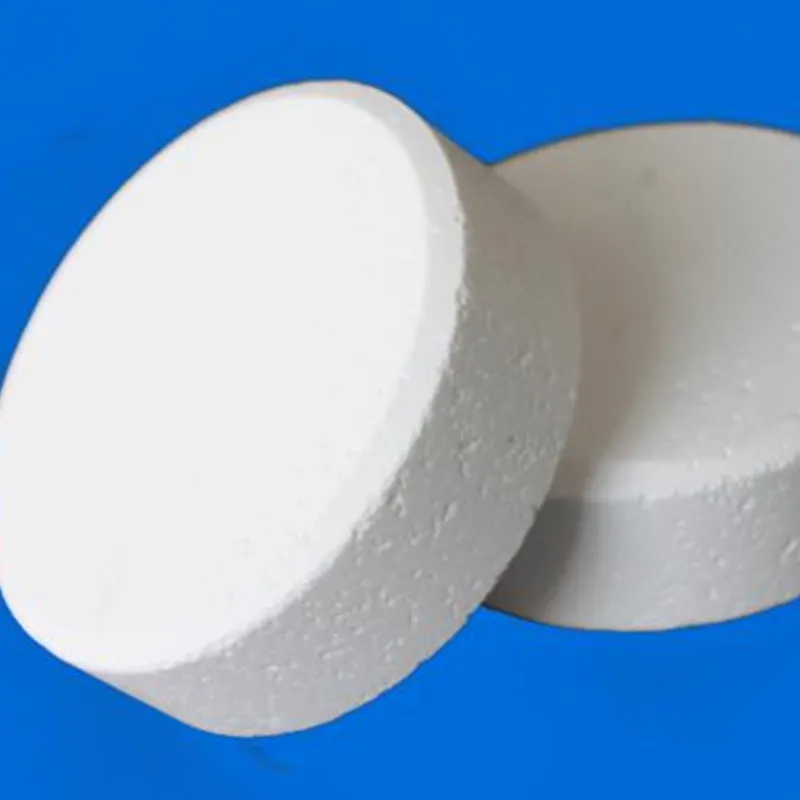
direct and indirect food additives
Understanding Direct and Indirect Food Additives
Food additives play a crucial role in the modern food industry, enhancing the safety, stability, and appeal of our food products. They are categorized into two main types direct and indirect food additives. Understanding these additives and their functions is essential for consumers and manufacturers alike.
Direct Food Additives
Direct food additives are substances that are intentionally added to food products for specific purposes. These additives have a specific function, such as improving flavor, texture, color, or preservation. Common examples of direct additives include
1. Preservatives These additives help extend the shelf life of food by preventing spoilage from bacteria, molds, and other microorganisms. Common preservatives include sodium benzoate, potassium sorbate, and sulfur dioxide.
2. Coloring Agents To enhance the visual appeal of food, coloring agents are added. These can be natural, such as beet juice or turmeric, or synthetic, like Red 40 or Yellow 5. Colorings not only make food attractive but can also be used to replace color lost during processing or storage.
3. Flavoring Agents Natural and artificial flavorings are used to enhance or modify the taste of food. For instance, vanillin (used to mimic vanilla flavor) and monosodium glutamate (MSG) are often used to enhance flavor profiles.
4. Texturizers and Emulsifiers These additives modify the texture of food products. Examples include xanthan gum and lecithin, which help mix ingredients that typically would not combine, such as oil and water.
5. Nutritional Additives These are added to fortify food with vitamins and minerals. For example, Vitamin D is added to milk, while folic acid is often included in bread and cereals.
Direct food additives must be approved by regulatory agencies, such as the U.S. Food and Drug Administration (FDA) or the European Food Safety Authority (EFSA), ensuring their safety for consumption.
direct and indirect food additives

Indirect Food Additives
In contrast, indirect food additives are not intentionally added to food but may still be present due to the food production process, packaging, or storage. They can come from various sources, including
1. Packaging Materials Chemicals can leach into food from packaging materials. For instance, substances such as bisphenol A (BPA) can migrate from plastic containers into the food they hold. Regulatory authorities monitor such substances to mitigate any associated health risks.
2. Processing Aids Substances used during the food manufacturing process, such as lubricants for machines or cleaning agents for equipment, may inadvertently contaminate food. Though not purposefully added, these aids can become food additives.
3. Environmental Contaminants Indirect additives can also come from pesticides, heavy metals, or other environmental pollutants that may contaminate food during growing, harvesting, or processing.
Safety and Regulation
Both direct and indirect food additives are subject to strict regulations and safety assessments to ensure they do not pose a health risk to consumers. The safety evaluations conducted by various regulatory bodies focus on short-term and long-term health effects, establishing acceptable daily intakes (ADIs) for certain substances.
Conclusion
In conclusion, both direct and indirect food additives play significant roles in the food we consume. Direct additives serve crucial functions such as preservation, coloring, and flavor enhancement, while indirect additives highlight the importance of food safety throughout the production process. As consumers become more informed about their food, understanding these additives will empower them to make healthier choices. 함께, the food industry must continue to prioritize safety and transparency in the use of food additives to maintain consumer trust and public health.
-
Understanding Synthetic Rubber OptionsNewsApr.27,2025
-
Trichloroisocyanuric Acid: Essential for Clean and Safe WaterNewsApr.27,2025
-
Sodium Dichloroisocyanurate: Key to Safe Water TreatmentNewsApr.27,2025
-
Sodium Acid Pyrophosphate: Essential in Modern Food ProcessingNewsApr.27,2025
-
Essential Water Treatment ChemicalsNewsApr.27,2025
-
Denatured Alcohol and Its Industrial UsesNewsApr.27,2025
-
The Versatile Uses of Sodium BicarbonateNewsApr.24,2025
Hebei Tenger Chemical Technology Co., Ltd. focuses on the chemical industry and is committed to the export service of chemical raw materials.
-

view more DiethanolisopropanolamineIn the ever-growing field of chemical solutions, diethanolisopropanolamine (DEIPA) stands out as a versatile and important compound. Due to its unique chemical structure and properties, DEIPA is of interest to various industries including construction, personal care, and agriculture. -

view more TriisopropanolamineTriisopropanolamine (TIPA) alkanol amine substance, is a kind of alcohol amine compound with amino and alcohol hydroxyl, and because of its molecules contains both amino and hydroxyl. -

view more Tetramethyl Thiuram DisulfideTetramethyl thiuram disulfide, also known as TMTD, is a white to light-yellow powder with a distinct sulfur-like odor. It is soluble in organic solvents such as benzene, acetone, and ethyl acetate, making it highly versatile for use in different formulations. TMTD is known for its excellent vulcanization acceleration properties, which makes it a key ingredient in the production of rubber products. Additionally, it acts as an effective fungicide and bactericide, making it valuable in agricultural applications. Its high purity and stability ensure consistent performance, making it a preferred choice for manufacturers across various industries.











